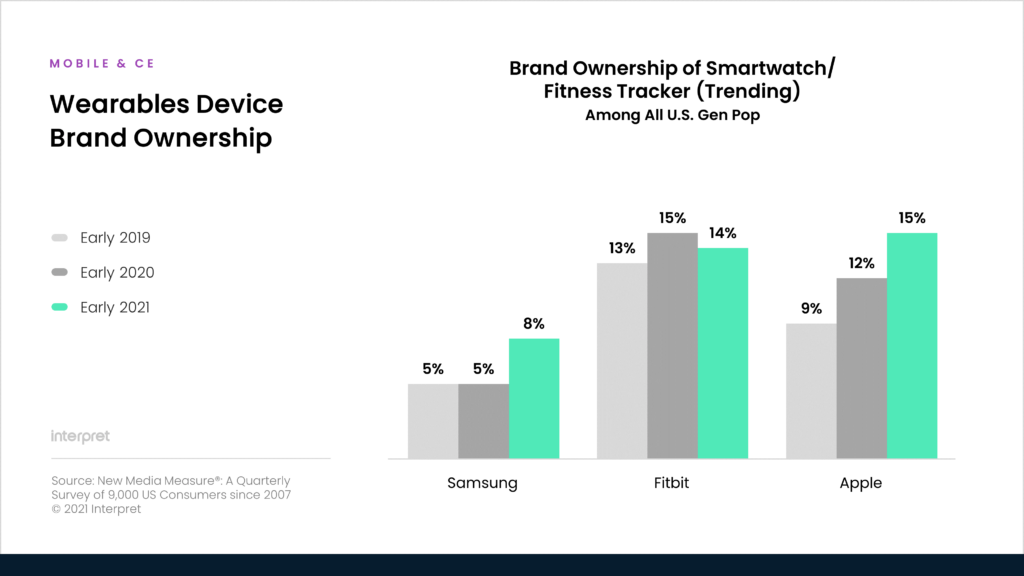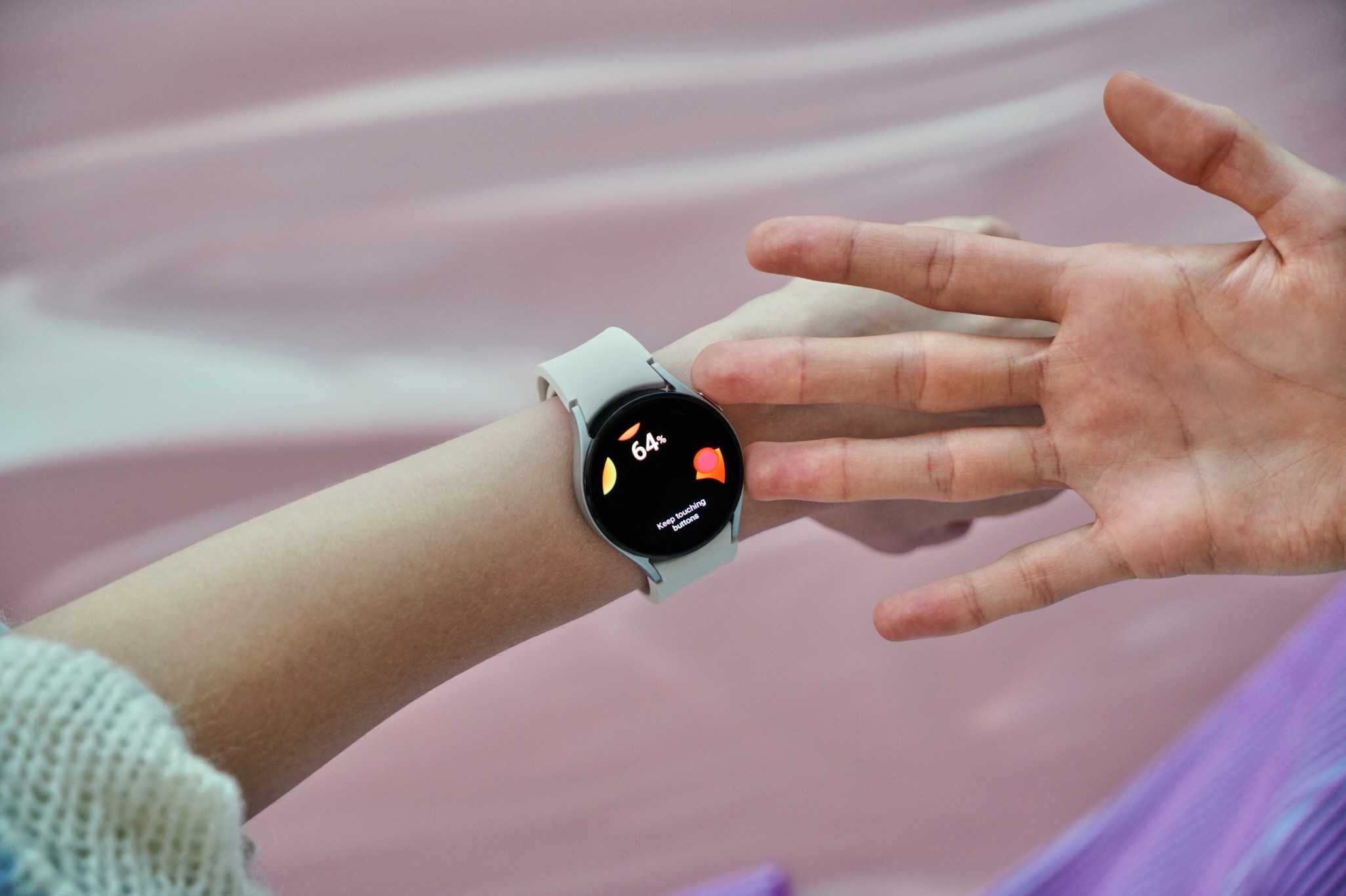At the recent Samsung Unpacked event, all eyes were on the company’s new foldable phones, the Galaxy ZFlip3 and ZFold3, but the technological innovation also on display in the company’s new Galaxy Watch 4 shouldn’t be discounted either. The Galaxy Watch 4 and Watch 4 Classic are Samsung’s first wearables to run on Google’s Wear OS software, which should open the door to more robust apps, but perhaps more interesting is the work Samsung is doing with its BioActive sensor, which now sits closer to the skin for improved accuracy. Not only does the sensor continue to register electrocardiograms, blood pressure, and VO2 Max readings, but it now has the capability to measure body fat percentage and muscle mass.
While the Galaxy Watch 4 is not the first wearable to calculate body fat – Amazon’s Halo Band provides this feature by utilizing user photos to stitch together a 3D image – the Samsung method is unique in that it uses bioelectrical impedance analysis (BIA) through the wrist instead of through the palms or feet (which is how smart scales function). The basic idea of BIA is to generate a weak electric current through the body, which will move more easily through tissue with higher water content. This, in turn, allows the device to estimate body fat since fat carries less water than muscle.
While smartwatches cannot be relied upon as medical grade equipment, the increasing sophistication of these devices and the growing capability to capture biometric data beyond steps taken, heart rate, and sleep patterns, is giving users more information about their own bodies and making it easier for individuals to spot patterns in their personal data, which can alert them to a need for medical attention, particularly if it correlates with feeling ill.
Body fat percentage is also a key indicator of health along with resting heart rate, which should make devices like the Galaxy Watch 4 more appealing to fitness buffs. It should be noted, however, that the BIA sensor’s functions are mostly tied to the Samsung Health Monitor app, which is only available through Samsung Galaxy smartphones – this is likely to somewhat limit adoption.
According to Interpret’s New Media Measure®, there’s been a distinct upward trend during the pandemic for the smartwatch and fitness tracker sector. Apple Watch has enjoyed a 66% spike in the last two years in the US. Samsung has seen growth as well, and combined with Apple, both appear to be gaining market share at the expense of Fitbit since 2019.





